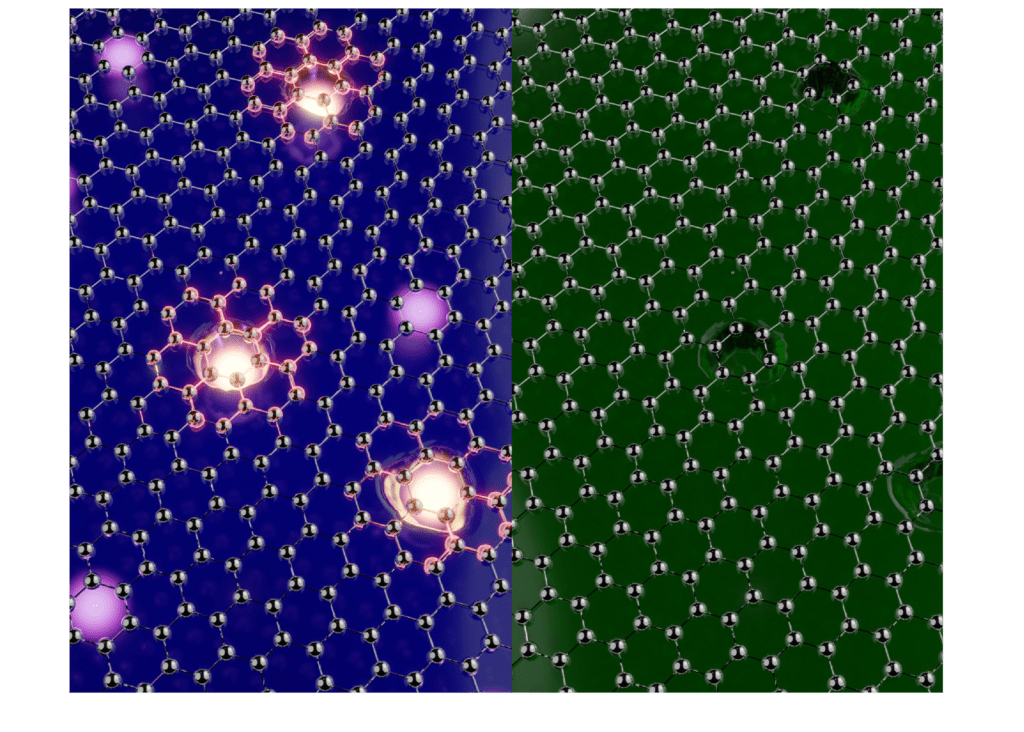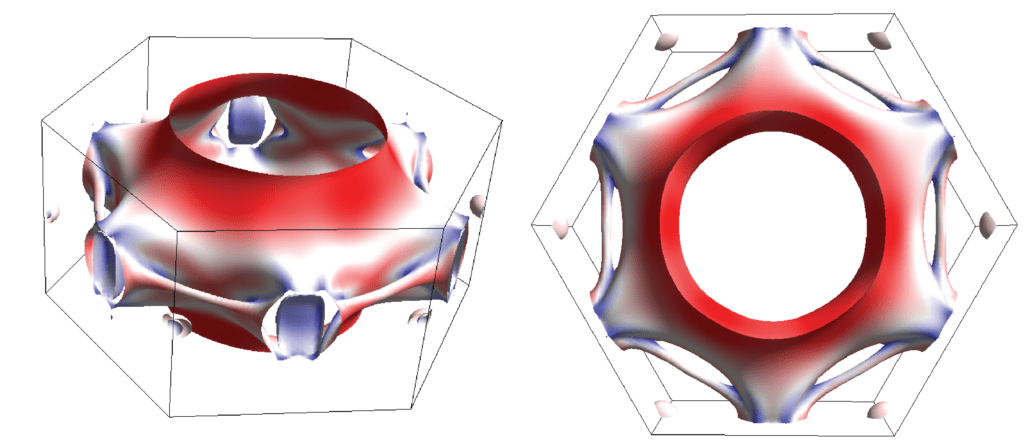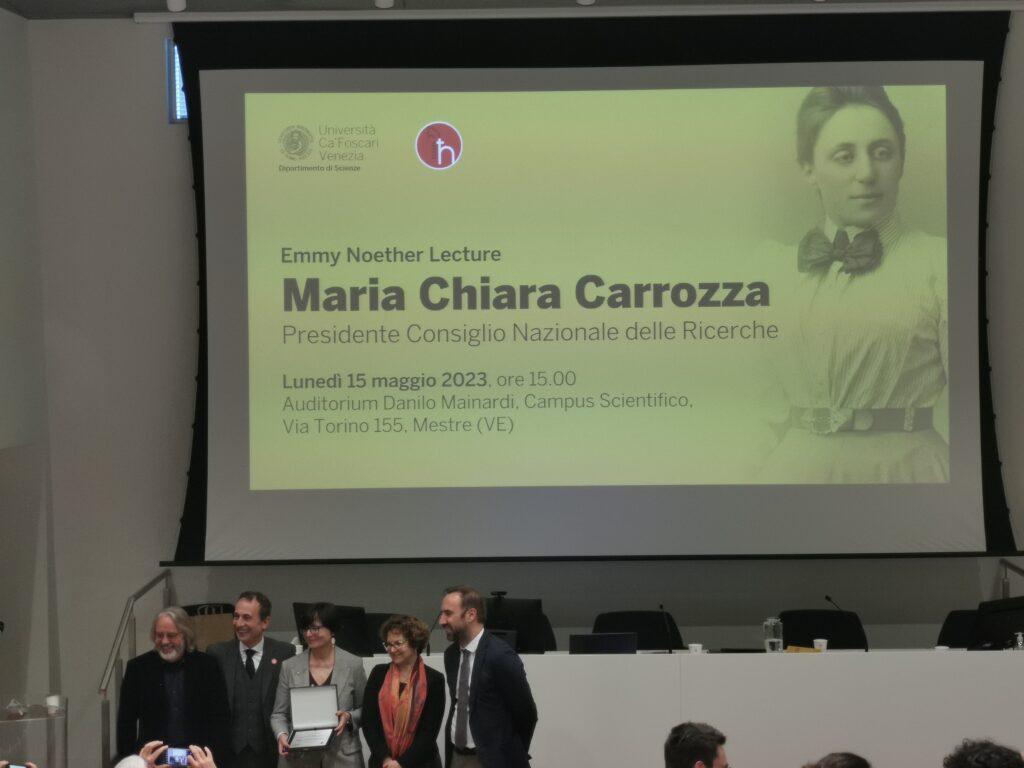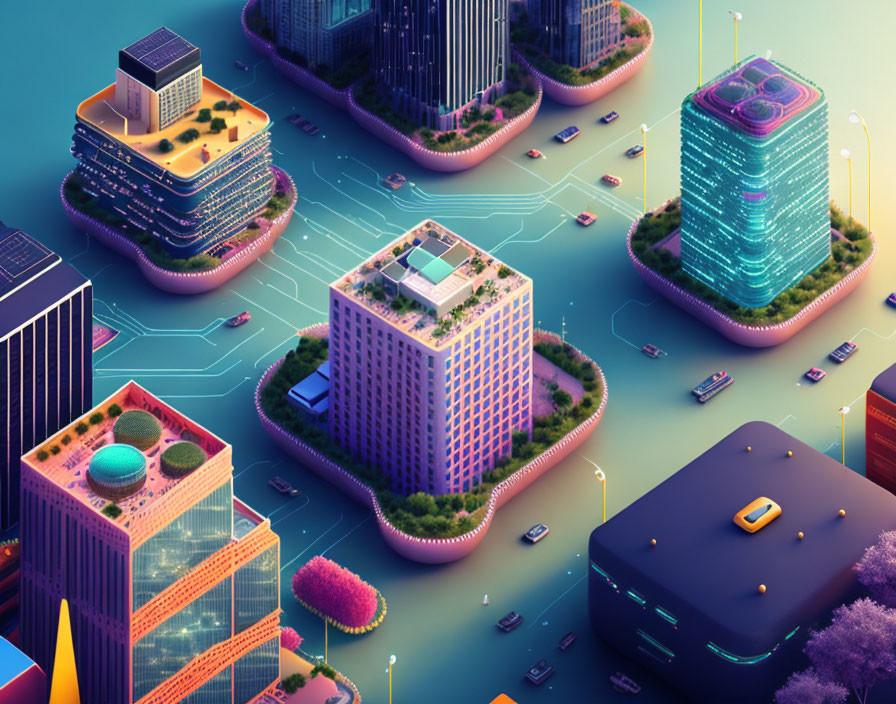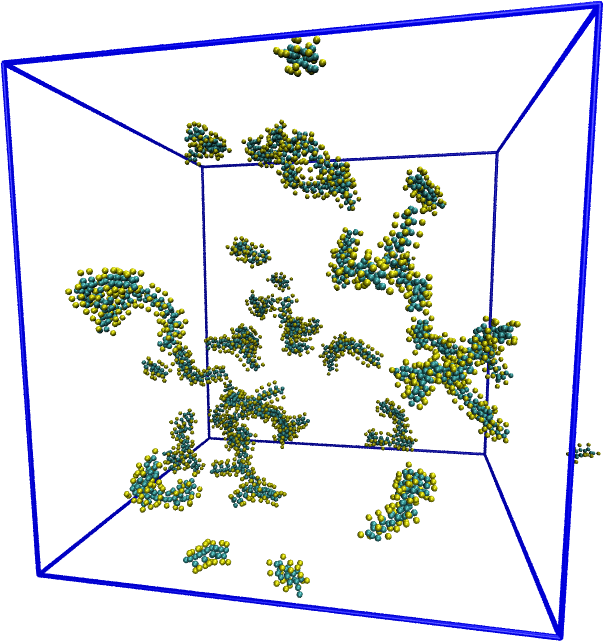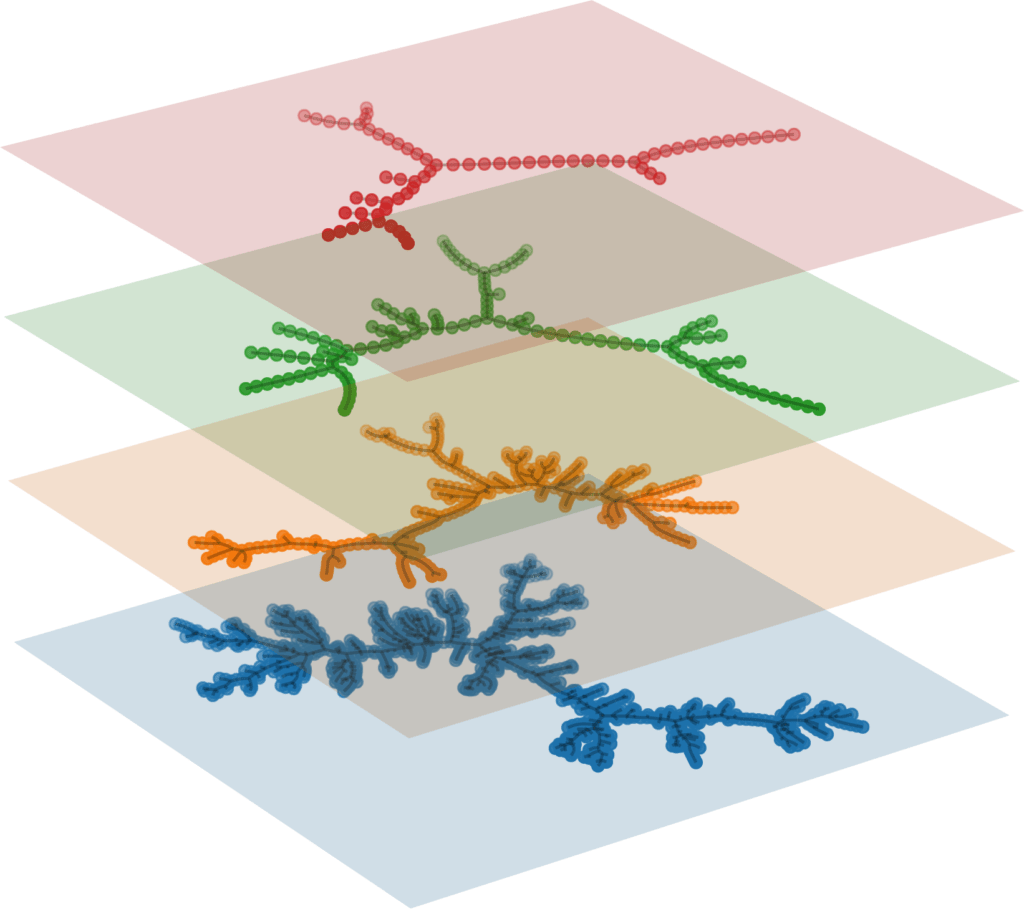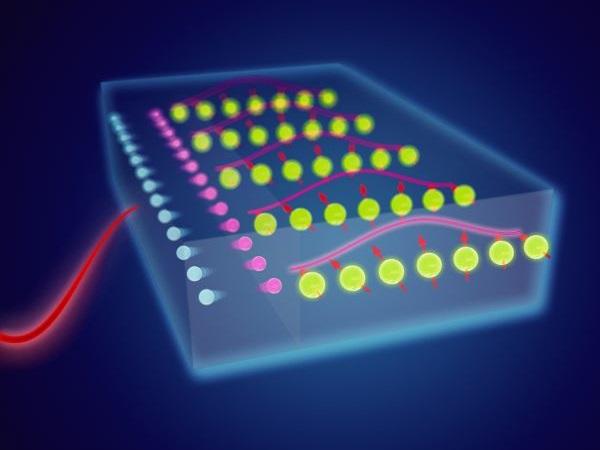Cutting-Edge DEPFET Sensor Advances Soft X-ray Imaging
In a significant leap forward for soft X-ray imaging, an international collaboration led by Professor Matteo Porro (EuXFEL, Germany, and Ca’ Foscari University of Venice, Italy) has achieved significant advancements with the deployment of a state-of-the-art DEPFET (Depleted Field Effect Transistor) Sensor with Signal Compression (DSSC) module. This cutting-edge 64k-pixel DEPFET module serves as a pivotal component of the DSSC, promising enhanced capabilities for capturing and measuring soft X-rays at the European XFEL. The European XFEL, located in Schenefeld, Germany, delivers up to 2700 brilliantly intense X-ray pulses within a single bunch train at a remarkable rate of 4.5MHz, with a repetition cycle of 10 Hz. This distinctive bunch scheme presents considerable challenges for imaging detector development, leading to the creation of specialized detectors, including the Large Pixel Detector (LPD), the Adaptive Gain Integrating Pixel Detector (AGIPD), and the featured DEPFET Sensor with Signal Compression (DSSC). The DSSC, tailor-made for the soft X-ray range spanning from 250 eV to 6 keV, stands out due to its 1-megapixel camera designed to detect photons within the specified energy range. Notably, the DEPFET technology utilized in the pixel sensors ensures exceptionally low input capacitance, enabling very low noise for single-photon sensitivity at a Mega frame rate. Additionally, the intrinsic capability of signal compression, without necessitating gain switching, distinguishes this technology. One DSSC module is composed of 512 × 128 hexagonal pixels, each with a side length of 136 μm. One module is read out by sixteen application-specific integrated circuits (ASICs) of 64 x 64 channels each (one per pixel) realized in 130nm CMOS technology. Each readout channel includes DEPFET-bias current cancellation circuitry, a trapezoidal-shaping filter, a 9-bit analog-to-digital converter (ADC), and an 800-word long digital memory. Assembled and characterized in a laboratory testbench at the German Electron Synchrotron (DESY), these modules exhibit impressive performance metrics. Operating at a peak frame rate of 4.5MHz, the DEPFET Sensor with Signal Compression achieves noise levels and dynamic range that meet the stringent specifications of the DSSC project. The article emphasizes the distinctive features of the DEPFET approach. This work signifies a remarkable milestone in the advancement of cutting-edge soft X-ray detectors for Photon Science applications. These innovations are poised to revolutionize imaging capabilities at the European XFEL, where scientists have the possibility to map the atomic details of viruses, decipher the molecular composition of cells, take three-dimensional images of the nanoworld, film chemical reactions, and study processes such as those occurring deep inside planets. The DSSC consortium currently includes European XFEL, DESY, the University of Heidelberg, Politecnico di Milano, the University of Bergamo, and PNSensor GmbH, Munich. The full article is available at the following link: https://doi.org/10.1038/s41598-023-38508-9
Cutting-Edge DEPFET Sensor Advances Soft X-ray Imaging Read More »



